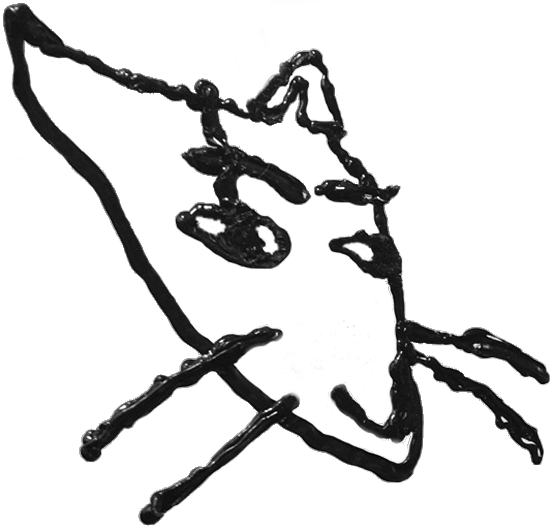siren virus, 2020, 3:06min
siren virus dwells in the material entrails of the sounds of the pandemic. A recording of Chicago ambulance sirens is stretched in time, transforming a passing siren into a sustained, textural reflection on the pandemic as a prolonged, ongoing emergency. In this temporal distortion, a space emerges for an extended experience of urgency.
(Logic Pro X, Zoom Recorder)
shut up no longer, 2020, 1:57min
A speech by activist Kimberley Jones on racism as an economic barrier is submitted to a modified noise gate that only lets through sound under a specific volume level. With this threshold initially set low, Jones speaks, but cannot be heard. As it gradually rises, more of her speech is allowed to pass, until the threshold is fully lifted and her words can be heard undeterred.
(Ableton Live)
sea levels rising, 2019, 2:06min
Voices of speakers from five countries (China, Vietnam, Thailand, Bangladesh, India) most susceptible to rising sea levels are submitted to an exponentially rising high-pass filter, which only lets through signals with a frequency higher than a certain cutoff frequency. The cutoff frequency gradually rises, leaving indiscernible remnants of disparate languages in the wake of rising waves.
(Logic Pro X, Zoom Recorder)
subaltern, speak, 2020, 3:59min
A speech by scholar Gayatri Spivak on subaltern voices becomes the substrate of a feedback system in which her voice is both the input and the output of the system. As increasing layers of words are staggered one on top of the other, coherent crowds emerge. And as these layers are removed, coherent words re-emerge. Her voice builds on itself, transforms itself, and translates itself.
(Ableton Live)
Sound artist and poet Maya Nguen (b. Russia, 1996) picks up what remains of the collision of language, field recordings, and music. Her work excavates the sound of human interaction and the environments that facilitate these interactions (e.g. chants at rallies, AI-user interface, and linguistic systems.) She is the assistant poetry editor of Asymptote Journal, holds a B.A. in Comparative Literature and Philosophy from the University of Chicago, and is an MFA student in Sound at the School of the Art Institute of Chicago. She splits her time between her homes in Chicago, Moscow, and Hanoi. You can find her work at: soundcloud.com/mayanguen.




